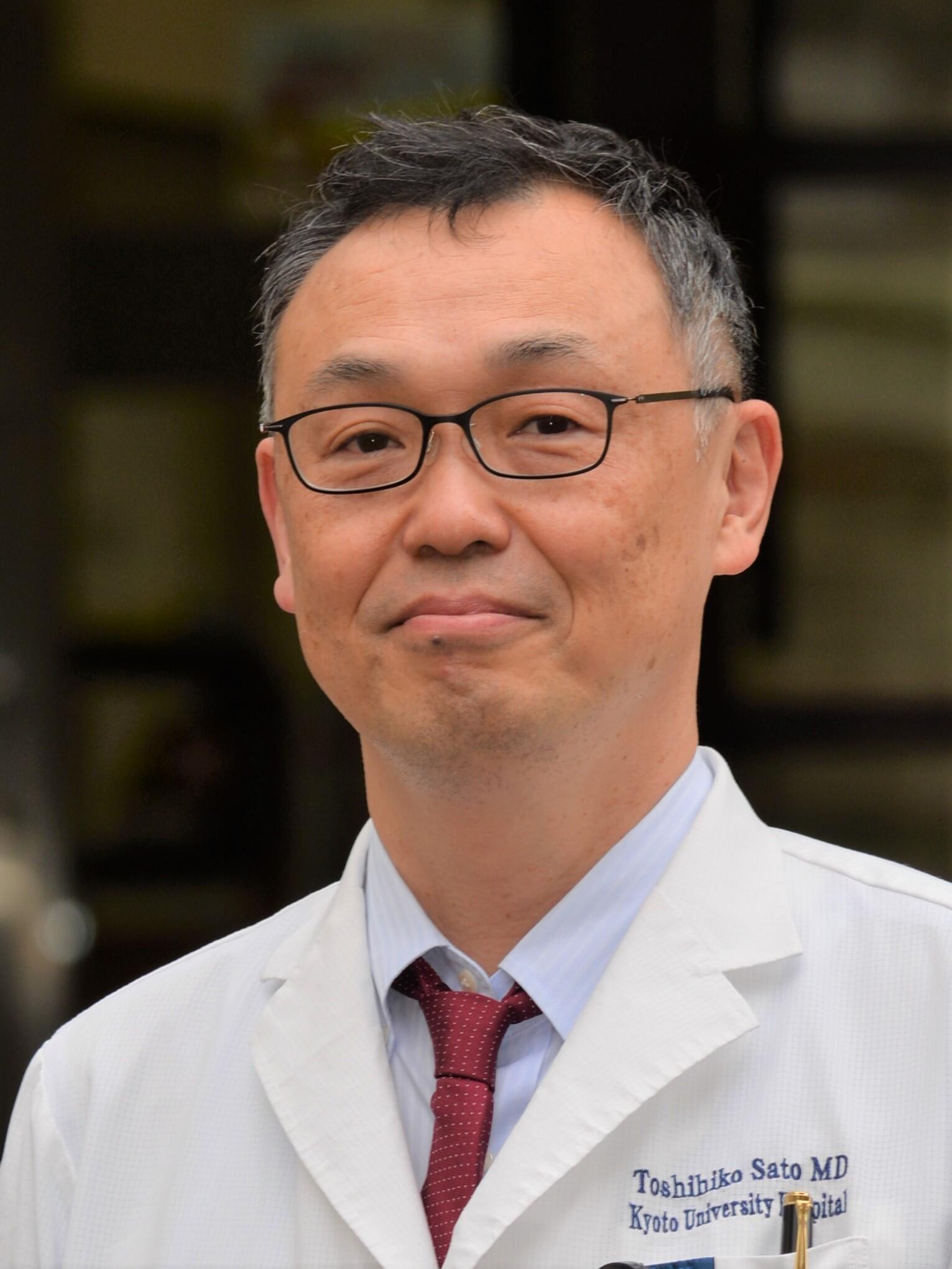Departments and Centers
Center for Advanced Technology and Robotic Surgery

In February 2008, Fukuoka University Hospital was certified as the regional center for the coordination of cancer care in the Fukuoka region. Since then we have been contributing to regional cancer care by providing the most advanced cancer therapies, including surgery. In April 2020, the Center for Advanced Technology and Robotic Surgery was established with the goal of delivering the latest medical technology to patients more efficiently.
It has been more than 10 years since da Vinci (a surgical robot) was introduced in Japan and started to be used for surgical treatment. In 2015, the da Vinci Xi system was introduced at Fukuoka University Hospital. The system has been used for gastrointestinal surgery (esophageal cancer, gastric cancer, colon cancer, etc.), urology (prostate cancer, kidney cancer, etc.), thoracic surgery (lung cancer, mediastinal tumors), and gynecology (uterine fibroids, uterine adenomyosis, endometrial cancer, etc.). As the center of robotic surgery for the Kyushu region, we currently handle over 500 cases a year.
An important feature of our Center is the multiple experienced surgeons who are qualified as proctors (instructors). These surgeons (three respiratory surgeons, four gastrointestinal surgeon, three urologists, and two gynecologists (provisional)) perform robotic surgical treatments at the Center. Dr. Toshihiko Sato (Director of the Center, Respiratory Surgery) and Dr. Suguru Hasegawa (Chairman of the Department of Gastroenterological Surgery) and Dr.Fumihiro Yoshimura(Gastroenterological Surgery)are both certified mentors of the da Vinci surgical system, and the center serves as the first robotic instruction and education facility in the Kyushu region, where surgeons from other parts of Japan can learn robotic surgery.
The benefits of da Vinci Surgery
In da Vinci surgery, the forceps and shears used in endoscopic surgery have been replaced by robotic arms that move intuitively and with precision, improving the accuracy of the surgery. In addition, the videoscope has two cameras for binocular vision, providing depth perception and enabling the system to observe objects as human eyes do. Unlike a human hand, the robotic arm does not transmit tremors, allowing for smooth, highly detailed and complex work. The robotic arms are set up to avoid unnecessary movement where they enter the patient's body. This means that there is very little pain at the wound, making these procedures less painful for the patient than endoscopic surgery.
Some specific dangers inherent in endoscopic surgery are unfortunately also present in da Vinci surgery. Unlike traditional surgical procedures performed through a wide-open wound viewed by the surgeon's own eyes, robotic surgery is a keyhole surgery that is performed with a camera called a scope inserted into the body. This camera has a limited field of view. The surgical instruments provide no tactile feedback despite having a high degree of freedom, which might cause complications. Feel free to ask your doctor for more information about the specific risks of this kind of surgery.
About the cost of robotic surgery
In the past, robot-assisted surgery was very costly for patients. However, as a result of the increase of the types of cancer and diseases for which treatment costs can be reimbursed by public insurance since 2018, it is now no longer listed as a special treatment.
Fukuoka University Hospital offers Robotic Surgery for Every Type of Cancer
Robotic Lung Cancer Surgery
In recent years, cancers have been the leading cause of death in Japan for both men and women, and lung cancer has been the most common fatal cancer. Fundamentally, cancer is treated according to the stage (stage of progression) of the disease, and the number of patients who receive surgical treatment has nearly doubled in the last decade. Fukuoka University Hospital was quick to begin using minimally-invasive surgical techniques to resect lung cancer using an endoscope. In addition, we were also early adopters of robot-assisted surgery, which can be called an advanced form of endoscopic surgery. There are currently three respiratory surgery physicians (proctors) in the Center who are certified as instructors of robot-assisted surgery, and we have achieved top-class results in the prefecture.
With robotic-assisted lung cancer surgery, the incisions are small and patients can be discharged from the hospital within a few days to a week after surgery.
Mediastinal tumors (thymic carcinoma, thymoma, thymic cyst), myasthenia gravis
Mediastinal tumors are relatively rare, but this kind of tumor should be surgically resected. It was difficult to completely remove tumors in the area adjacent to the heart with endoscopic surgery, and sometimes the sternum (the bone in front of the heart) was cut and opened with a large incision to remove it. However, the use of robots has made it possible to quickly remove tumors through small incisions. Myasthenia gravis is sometimes complicated by thymoma, and removal of the bilateral thymus glands can lead to relief or remission of symptoms. We can also perform thymo-thymectomy for myasthenia gravis using a robot. Please feel free to contact our Center for the surgical treatment of mediastinal tumors including myasthenia gravis.
The center's director, Dr. Toshihiko Sato, has been involved in robot-assisted lung cancer and mediastinal tumor surgery since 2012. He is a certified proctor and mentor and provides leadership to physicians in Japan in the practice and research of robotic surgery.

